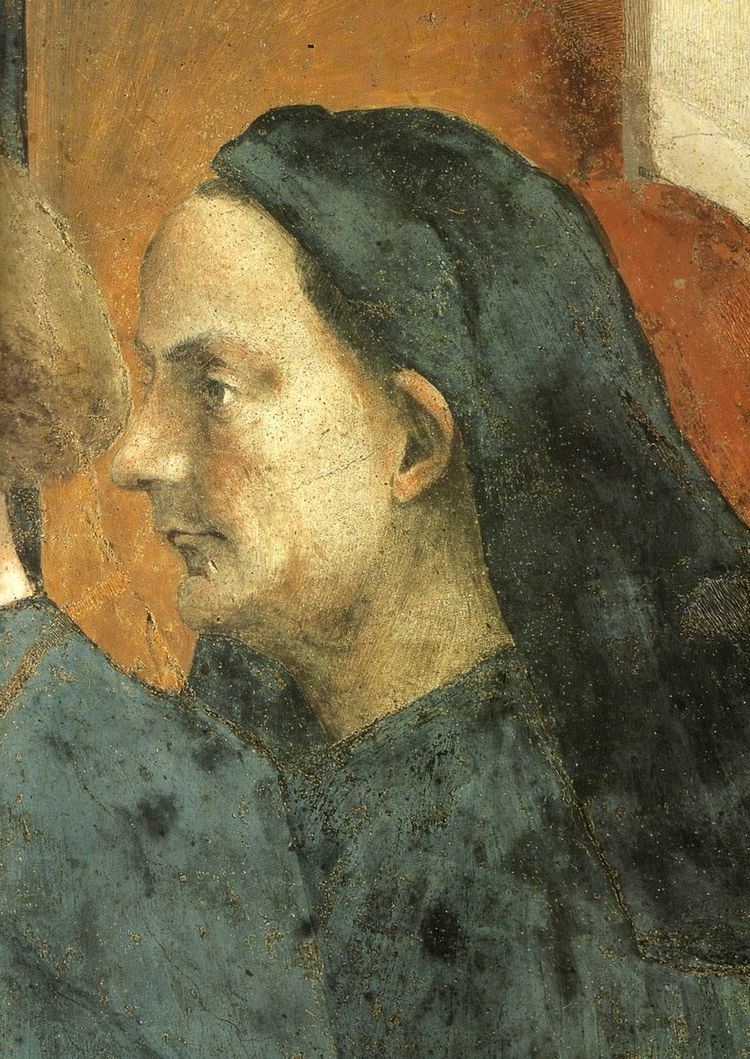 | ||
As a means of recording the passage of time, the 14th century was the century lasting from January 1, 1301, to December 31, 1400. Political and natural disaster and black death ravaged Europe, as well as the four khanates of the Mongol Empire. Consequently, the Mongol court was driven out of China and retreated to Mongolia, the Ilkhanate collapsed in Persia, the Chaghatayid dissolved into two parts, and the Golden Horde lost its position as great power in Eastern Europe.
Contents
- Events
- Significant people
- Artists
- Architects
- Literary figures
- Monarchs
- Inventions discoveries introductions
- References
In Europe, the Black Death claimed between 75 and 200 million lives, while England and France fought in the protracted Hundred Years' War after the death of Charles IV, King of France led to a claim to the French throne by Edward III, King of England. This period is considered the height of chivalry and marks the beginning of strong separate identities for both England and France.
